Flowers In The Garden
Flowers have become a really important part of my garden, even though I mostly grow food plants. They encourage pollinators, and also attract beneficial predatory insects that keep the pests in check. They provide spectacular color and movement to the garden, and often heady fragrances. Most of all they cause us to stop and for just a few minutes we are totally captivated by their beauty.
This year I am growing more flowers than I ever have, interspersing them with all my food crops. Many of them are being grown for the first time in my garden and while I love them outside my motivation was to be able to do more cut flowers for indoors. I am loving all the diversity and new types, however, there are a few favorites that I always have in the garden.
Roses
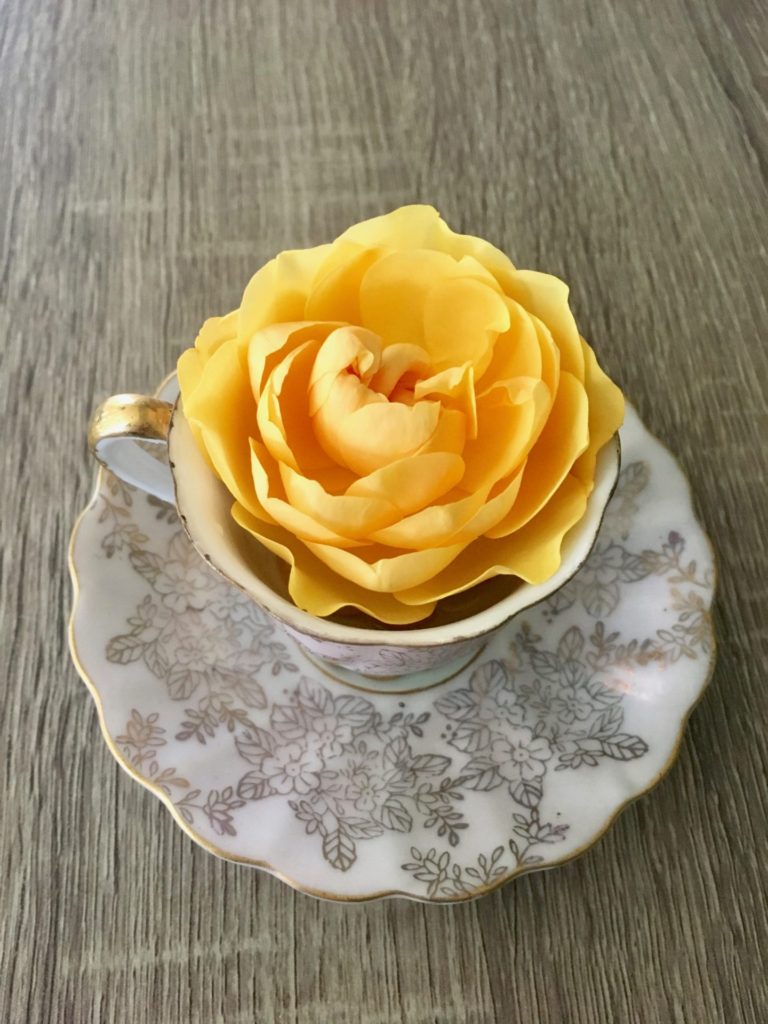
It seems cliched to choose roses, but they are favorite for so many with good reason. My parents were rose growers and the garden was always alive with blooms. When in bloom every single room in our home had a vase or two of roses. They brought beauty and elegance and filled the house with their beautiful perfume. I find myself drawn to the peach/ apricot colors. I also love the light to mid-pinks. However that does not mean, I do not appreciate the other colors. My preference is always scented roses over the non-scented ones. When it comes to shape, I am all about the old-fashioned English roses. I appreciate a loose-leaf rose like a rugosa alba. In addition, the quartered and cup shapes, peony types, are the ones that make an impression on me. I have no preference to bloom size. I really appreciate the David Austin Roses and Meilland had quite a few on my wish list. That list currently runs 80 varieties long!
One of the hardiest roses that I recommend to beginner gardeners is the Ice Berg rose. It performs really well even in our desert environment. The crisp look of white roses combined with other white flowers is very calming. When it comes to planting, I like to group by color, combining only one or two color families or keeping a color family all on its own. White combines beautifully with any of the pinks, and equally well with the apricots and, the yellows. White roses and lavender bushes are very attractive together as well. I keep my apricots all together, and for a statement and some contrast, a lovely red close by will really accentuate the apricots. Some of my favorite roses are Lady of Shallot, Graham Thomas, Jude the Obscure, Cecile Brunner, Teasing Georgia, Carding Mill, Neptune, and Ebb Tide.
Roses are also very valuable in herbal medicine. They are known to have cooling effects on the body in addition to being used for a multitude of remedies. One of my favorite things to do with roses is to make rose honey. I simply fill a jar with rose petals and cover the petals with honey. The jar is sealed and every day it is flipped over. In a week, delicious rose honey is ready for use in porridge, on scones, or a slice of fresh bread.
SUNFLOWERS
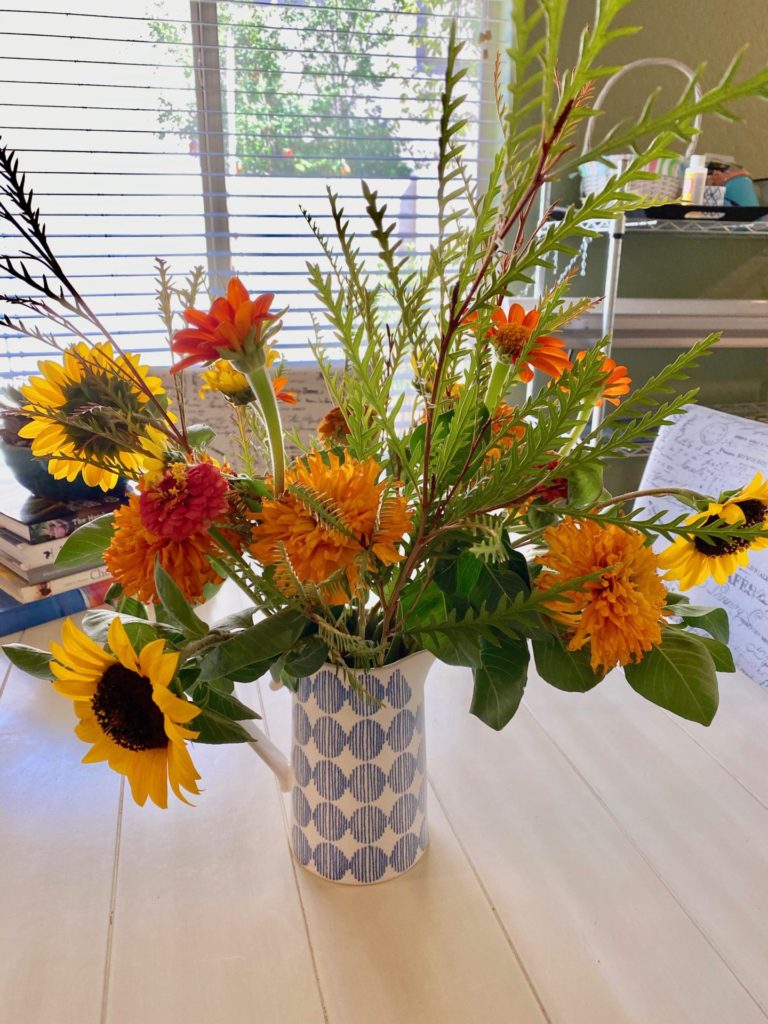
It is not possible to be sad when in the presence of sunflowers. They lift the spirits and bring joy to everyone. They come in a multitude of sizes, and can therefore be incorporated into any garden. Dwarf Teddy Bear sunflowers are lovely in borders, tucked into containers, or in small spaces. Varieties like Lemon Queen and Arikara set many flowers and make quite a display. The mammoth sunflower has an unbelievably large head. Very popular right now are the Italian white sunflowers. They are very striking and are great in the garden or as cut flowers. The deeper rust-colored ones are perfect for fall. They are very helpful in bringing a little bit of atmosphere and fall color to our desert gardens. Sunflowers are also advantageous in the vegetable garden. They work well as trap crops for pest insects, attract beneficial bugs and birds, and can be used as a climber for beans and cucumbers. Sunflowers are allelopathic, which means they inhibit the germination of other seeds. Therefore plant out other seedlings first, or wait until other plants have germinated before adding in sunflower seeds. Sunflowers prefer being direct sown, however, they are also loved by birds. Protect young seeds from the birds until the plants are larger and less likely to be eaten completely.
Poppies
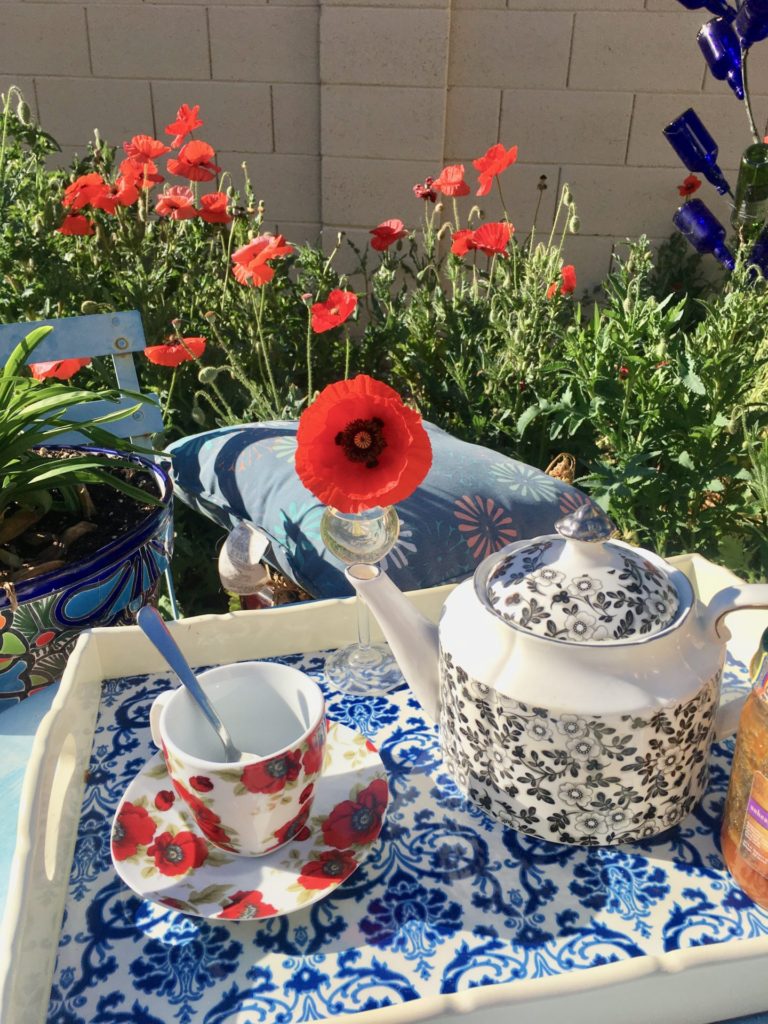
I grow three types of poppies, California poppies, Shirley poppies, and Breadseed poppies. California poppies come in a variety of colors, my favorite though is the Mikado. They are as easy to grow as tossing out seeds in October and forgetting about them. The winter rains will stimulate germination. In early Spring they will be one of the first to bloom, providing a source of pollen for the bees. Shirley poppies go by many names; Flanders, Legions, and corn poppies. They are spectacular planted in large clusters but even a pot of them is stunning. Bread seed poppies are classified as papaver somniferum and come in a variety of colors and forms. Some are single types while others are peony types. There are so many new varieties to try, including the giant rattle bread seed poppy. These are annual flowers, but self sows easily.
Dutch Iris
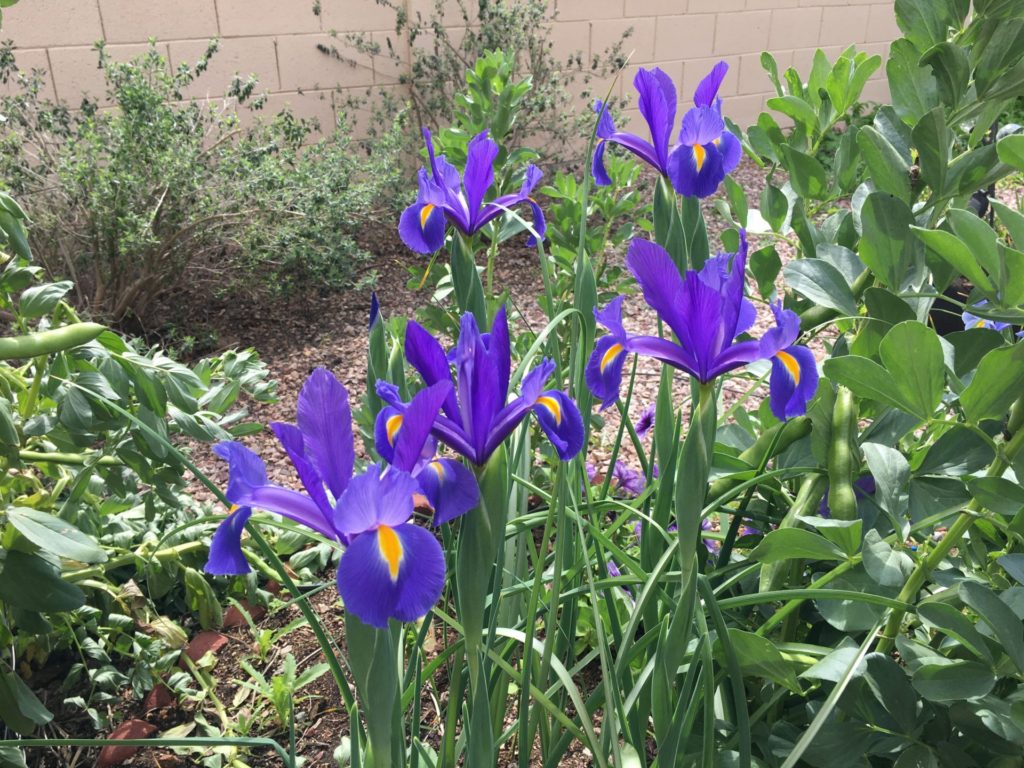
In early spring when the Dutch iris bloom, they are a sight to behold. They are perfect, tall, and elegant stems for the vase, with orchid-like flowers. The vibrant colors come in shades of blue, purple, yellow, and white. Dutch Irises are perennials, and very easy to grow. They do not require any digging up once planted. After blooming, fertilize with a phosphorus feed and leave the leaves to die back naturally. The leaves can be cut off once they have died back. Once we go into the winter months, new growth will start to appear again.
Cosmos
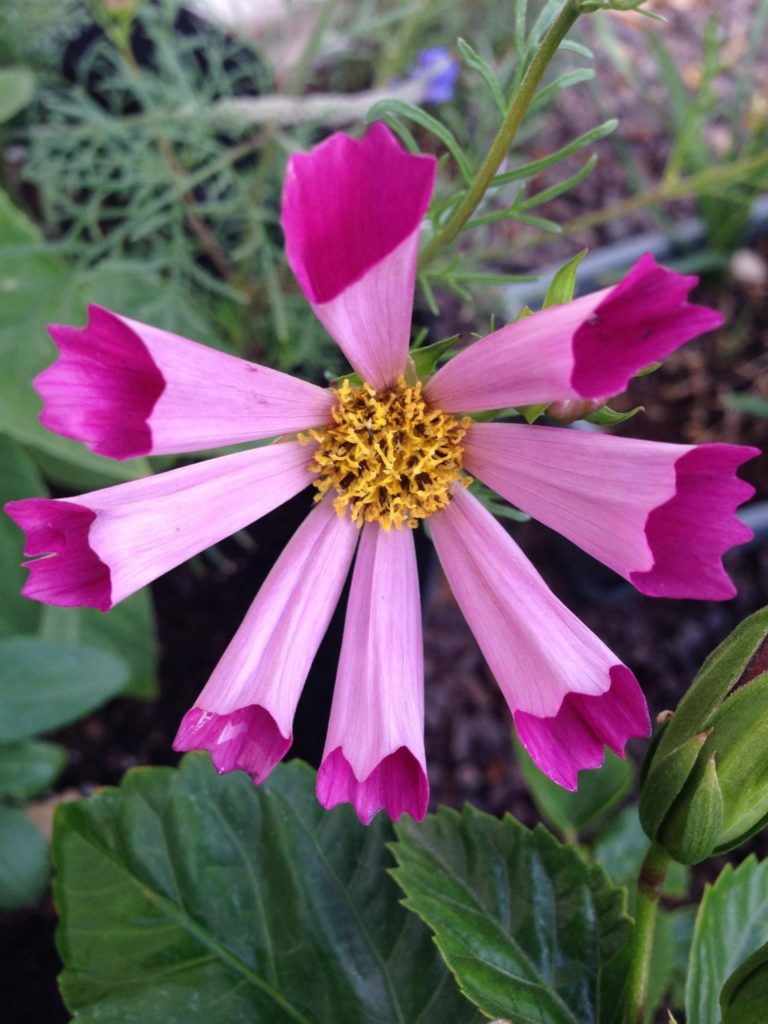
My sister and I referred to these as Easter flowers, as children. In South Africa, the cosmos blooms on the roadsides in later summer, which is when Easter is celebrated. We always knew easter was close when we saw the cosmos bloom. The orange cosmos, Cosmos sulphureus is edible. The brilliant orange or yellow blooms are a pollinator and beneficial insect magnet. Another variety I love is Bipinatus white. This one has a profusion of large white blooms and in the floral industry is the most prolific of any cutting flower. Seashells blend is also delightful as are all the other varieties. The rubenza’s, double click series, and the recent chocolate cosmos are all spectacular and easy additions to the desert garden. I start my cosmos seeds indoors in January and transplant them out mid-February to mid-March. They will often self-sow as well, seedlings will start to pop up in February.
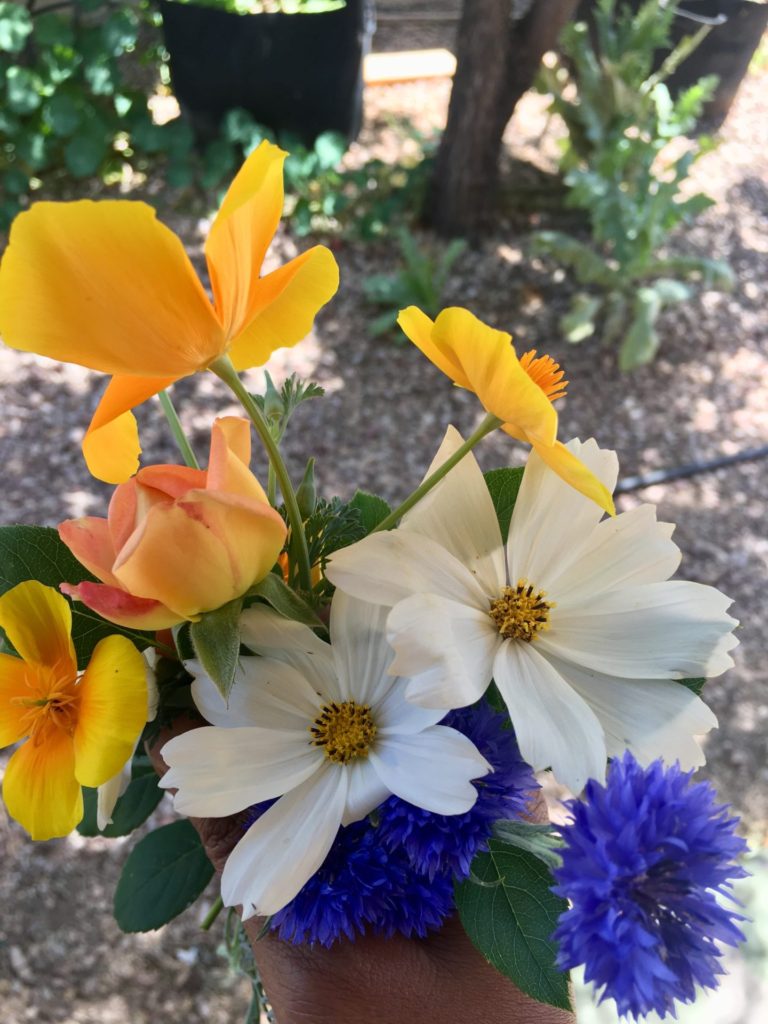
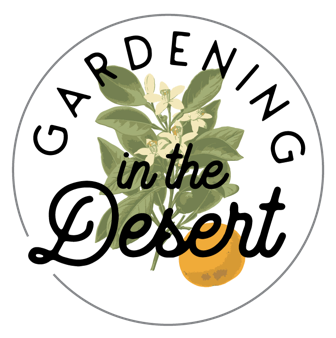
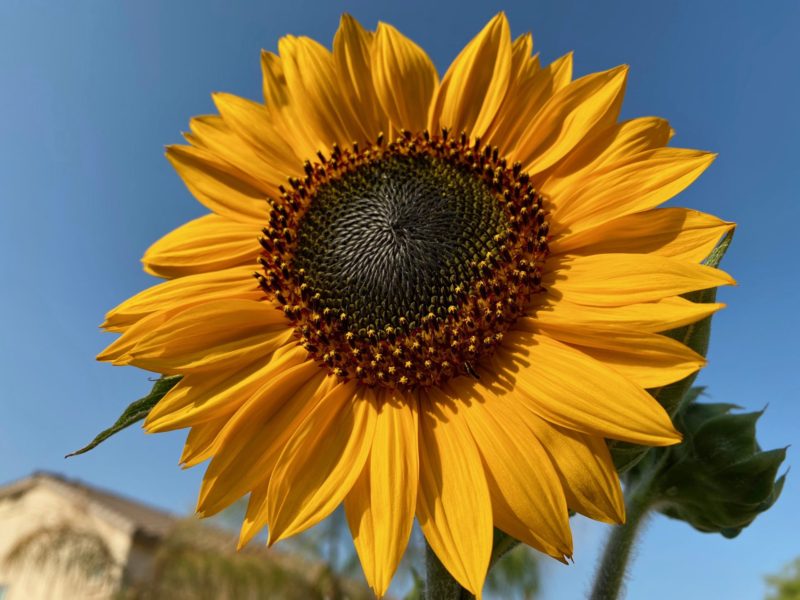

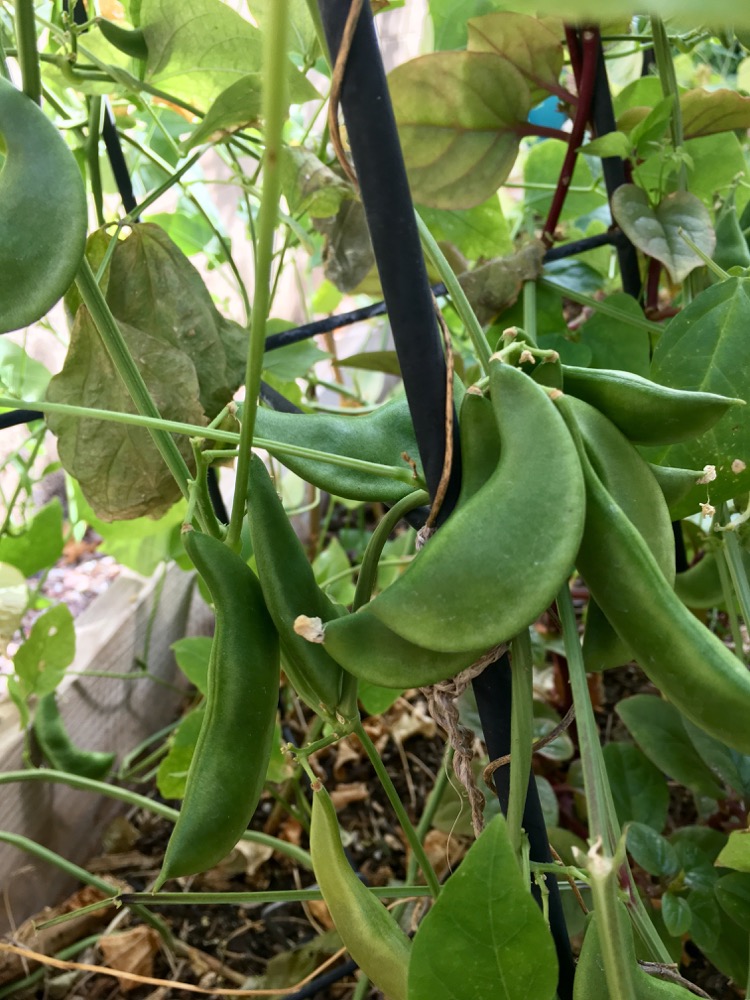
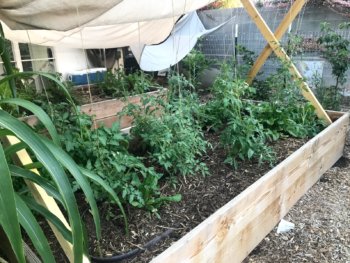
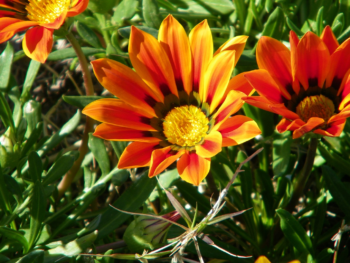
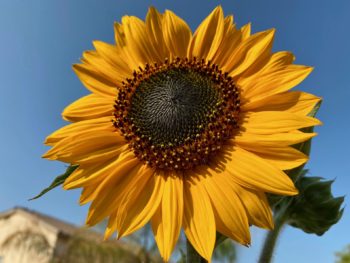
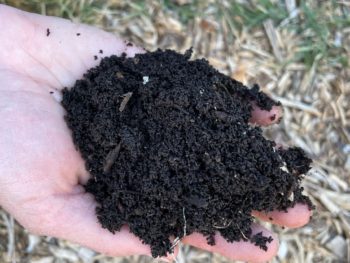
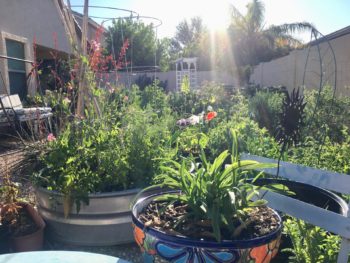
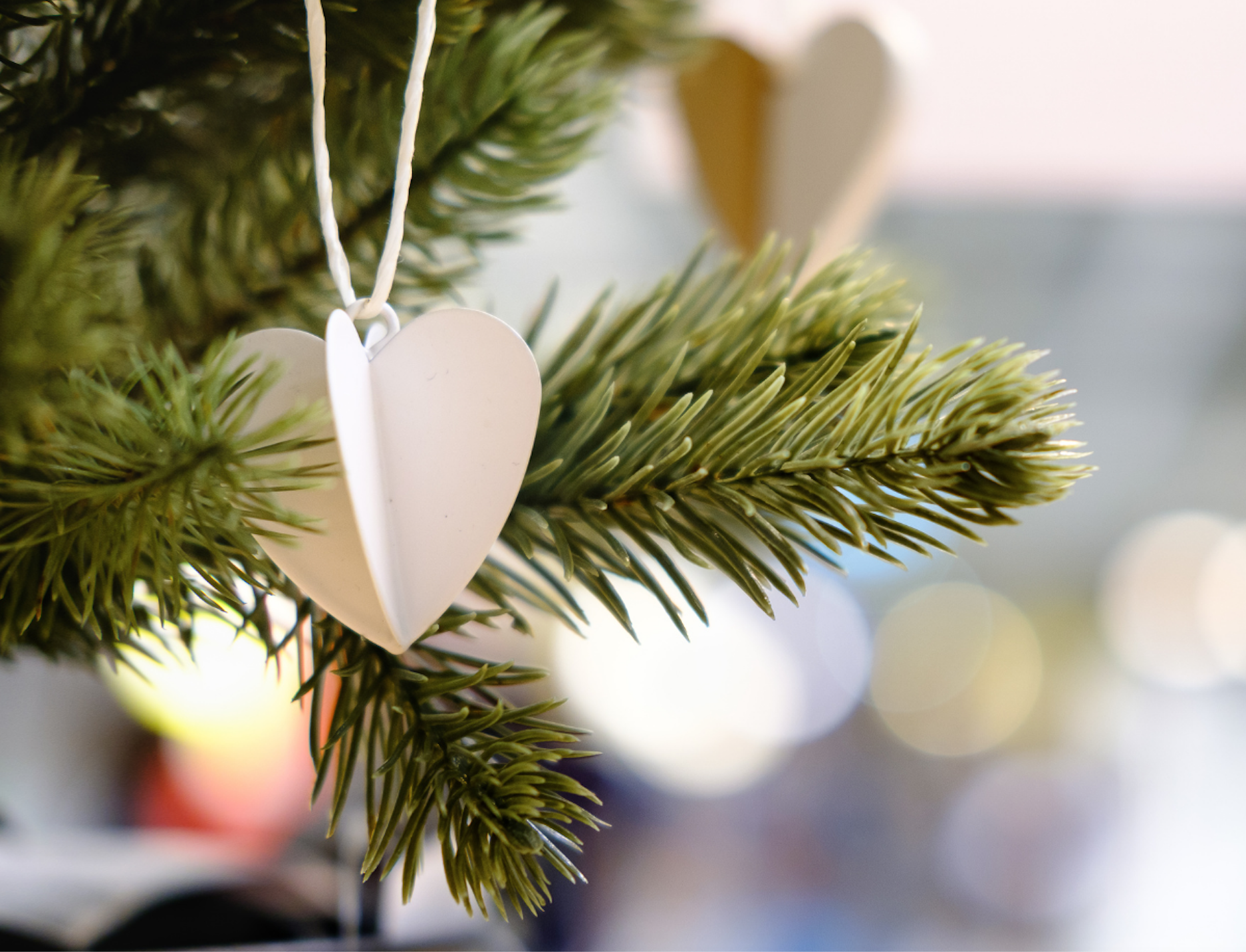
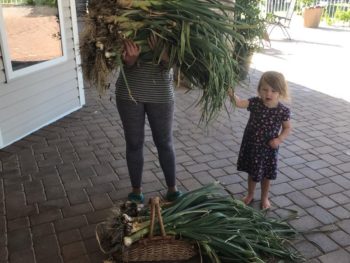
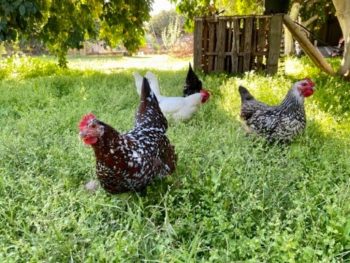
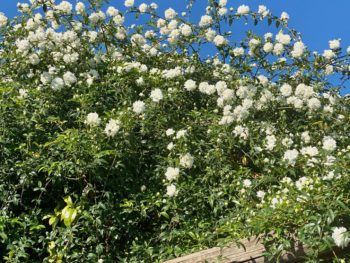
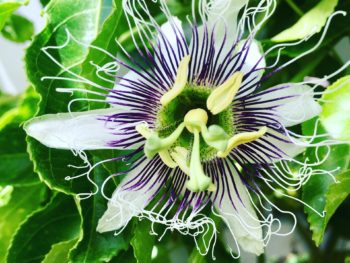
 How To Pick The Best Grow Lights for Your Seedlings
How To Pick The Best Grow Lights for Your Seedlings
Very informative thank you.